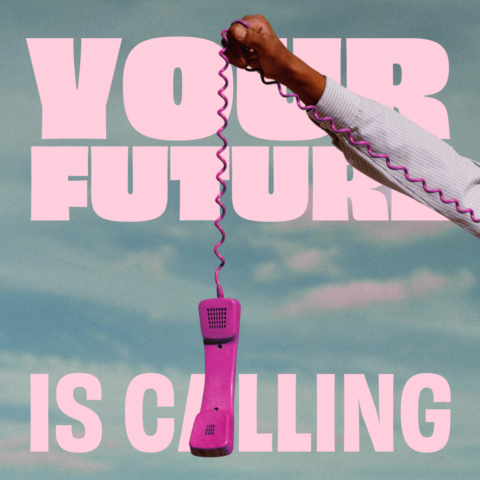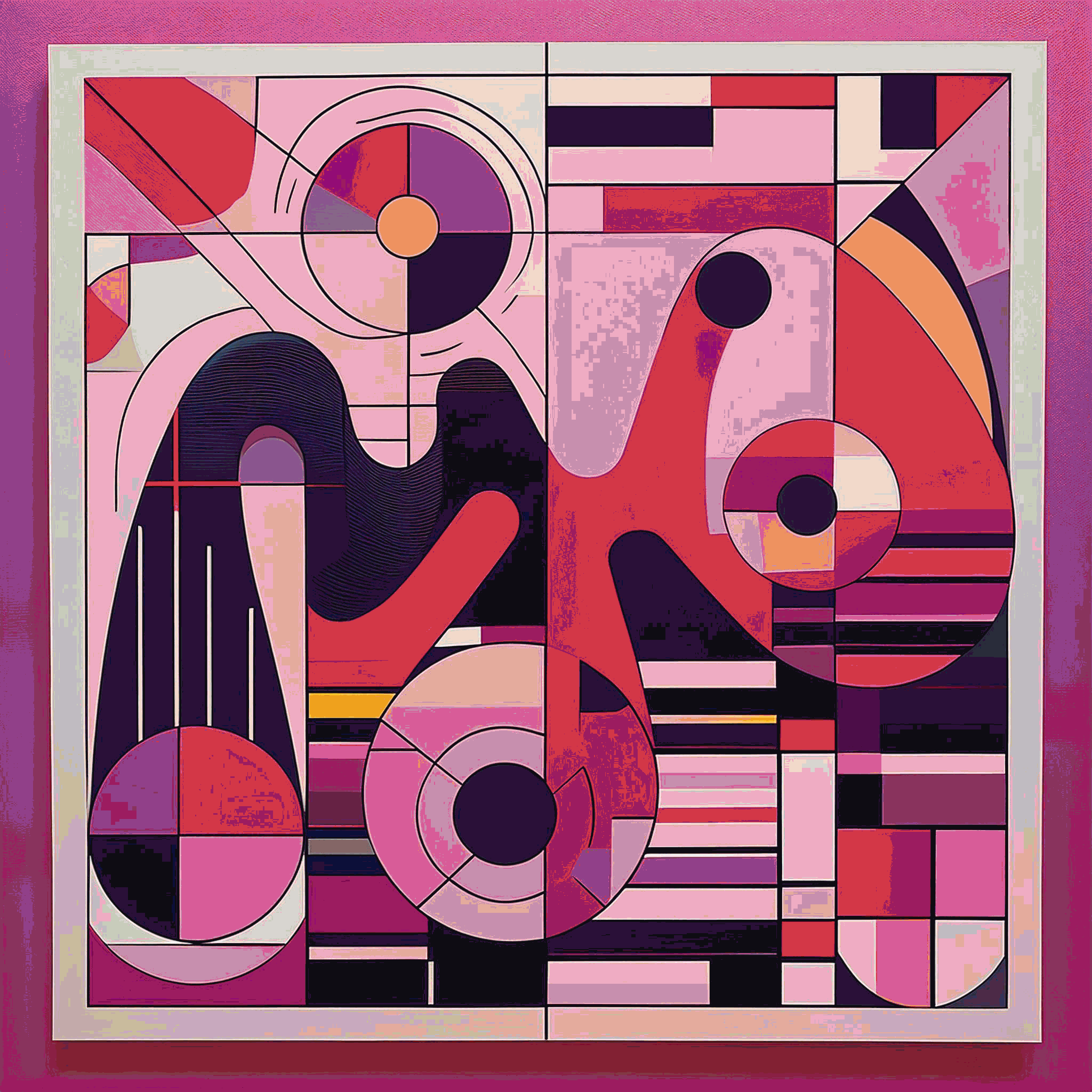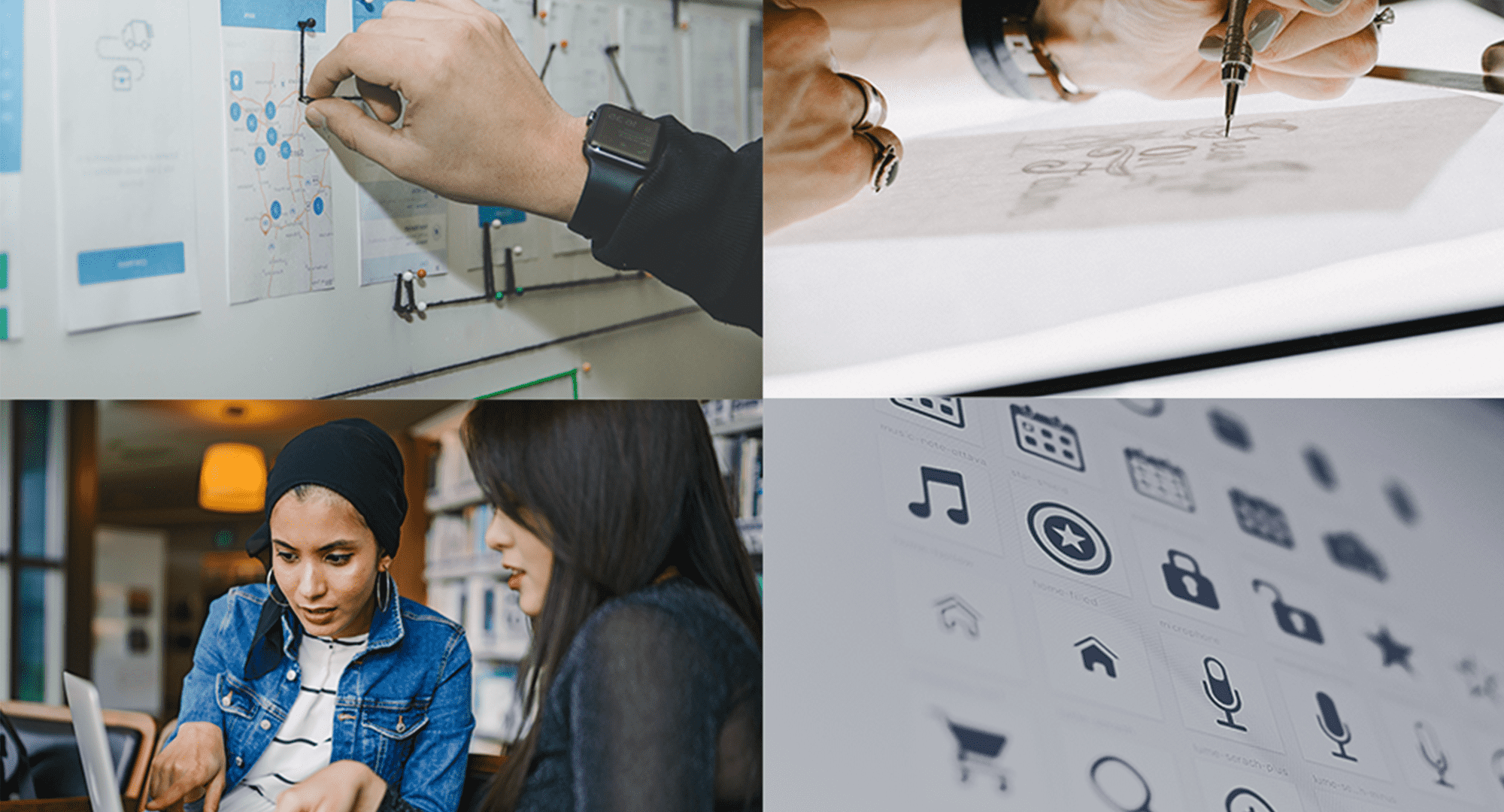
8 Digital Design Skills That Separate You From The Pack
Digital designers are incredibly valuable to the teams they work for. They make digital media sing.
That being said, not all digital designers are compensated the same way for their contributions.
Some are high-powered managers working with incredible organizations, leading the conversation about design and user experience.
Some are more like artisans.
Either path is valid. The key thing is, as a young digital designer you want the choice to pursue the career that’s right for you.
How do you get that kind of freedom? By building the real skills that today’s marketplace craves.
Let’s break them down:
1. Strategic Thinking
“The essence of strategy is choosing what not to do.”
— Michael Porter.
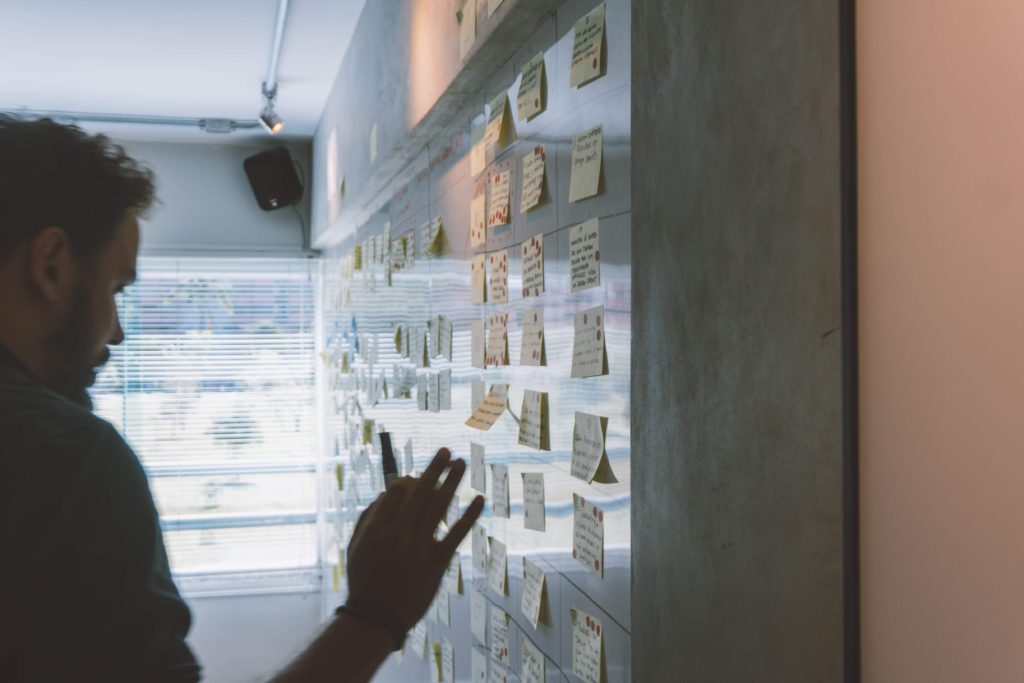
A designer with no background in strategy is like a car with no headlights. Sure, you can technically drive forward...but where are you headed?
Digital designers use strategic foresight and planning to develop plans specific to each design brief. That plan becomes their roadmap to success.
The iconic designer Milton Glaser said, “There are three responses to a piece of design – yes, no, and WOW! Wow is the one to aim for.” He was right—and a good, forward-thinking strategy is how great designers produce work that wows.
Put simply, good strategy determines how a project will stand out. It gives the time a chance to analyze the root problems they are trying to solve (and yes, all briefs start with a problem).
From there, a designer might employ user and market research, brainstorming, concepting, prototyping, surveying...all sorts of tools to make sure their solution works.
The strategy guides that process. If that strategy is clear enough, and communicated properly, it allows the team to dive deep into the subject at hand without losing their way.
2. Branding
“A brand is the set of expectations, memories, stories and relationships that, taken together, account for a consumer’s decision to choose one product or service over another.”
— Seth Godin

Brands are more powerful than most people realize.
Humans are still tribal creatures, and we continue to be influenced by our more primal instincts for social status, safety, hunger, etc…
The brands you think of right away (no doubt there’s a few in your head right now)...what sets them apart?
Consistency is one factor. Though what they’re selling may change, and their messaging may be varied, there is something fundamental about the places they occupy in the mind and in the cultural conversation.
A digital designer who understands the power of brands, and the relationship of branding to business fundamentals, is a very powerful person.
Digital designs, after all, are increasingly the primary touchpoint between many organizations and the people they serve.
Increasingly, they are where the most important branding decisions happen
Logos, colours, typography, illustration, photography, graphic elements...they’re all pieces of what makes up a brand. Knowledge of how each element contributes to the overall image is key. A strong-minded designer armed with that knowledge does wonderful things for an organization's image: they keep new projects on-brand and perhaps add the small, intimate touches that truly make a design sing.
Think of the relationship Apple built with their customers. They could sell iPads for a million dollars each (probably). That's the power of a brand that truly understands what makes them different. (Want to know more about the Apple brand? Read the 3-point marketing memo Steve Job sent the early Apple team)
Everything you can do to emphasize branding in your work will make your designs more valuable. Don't underestimate what this skill can do for your career.
3. Time Management & Project Management
“It’s not enough to be busy, so are the ants. The question is, what are we busy about?”
— Henry David Thoreau
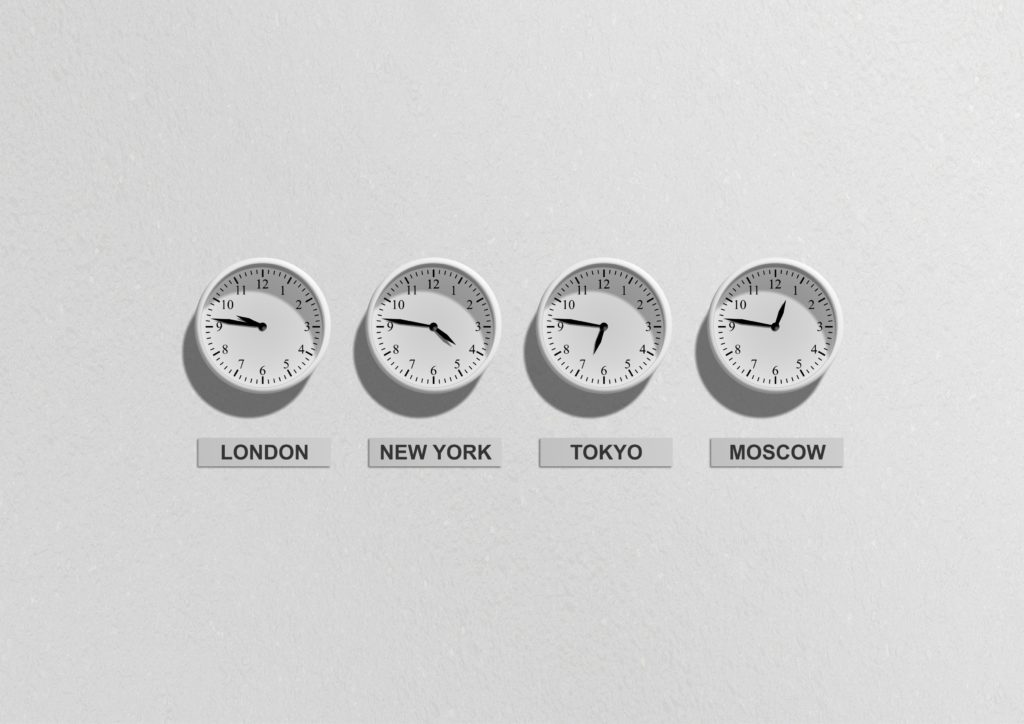
When it comes to digital design, gone are the days of the humble craftsman. The modern designer is often as much a manager as an artisan.
From the moment a project is proposed, a leading digital designer makes it their aim to identify key stakeholders, deliverables, budget considerations, and features.
Those who work in agency settings (or as freelancers) will have the added task of delving into the background of new clients. They’ll need to identify features of the organization’s existing visual style that are essential, as well as those that may need updating.
Once a project is underway, most digital designers will go through a process of outlining and rough prototyping (with a round of stakeholder feedback) before jumping into the creation of robust designs. Prototyping tools might include wireframes, pen & ink drawings, text documents, physical models, storyboards, or a host of other creative aids.
Of course, at the end of the day, the most important role of a digital designer is to ensure that all elements produced as part of a project are of the highest possible standard.
4. Effective Prototyping
“I made 5,127 prototypes of my vaccum before I got it right. There were 5,126 failures. But I learned from each one. That’s how I came up with a solution. So I don’t mind failure.”
— James Dyson
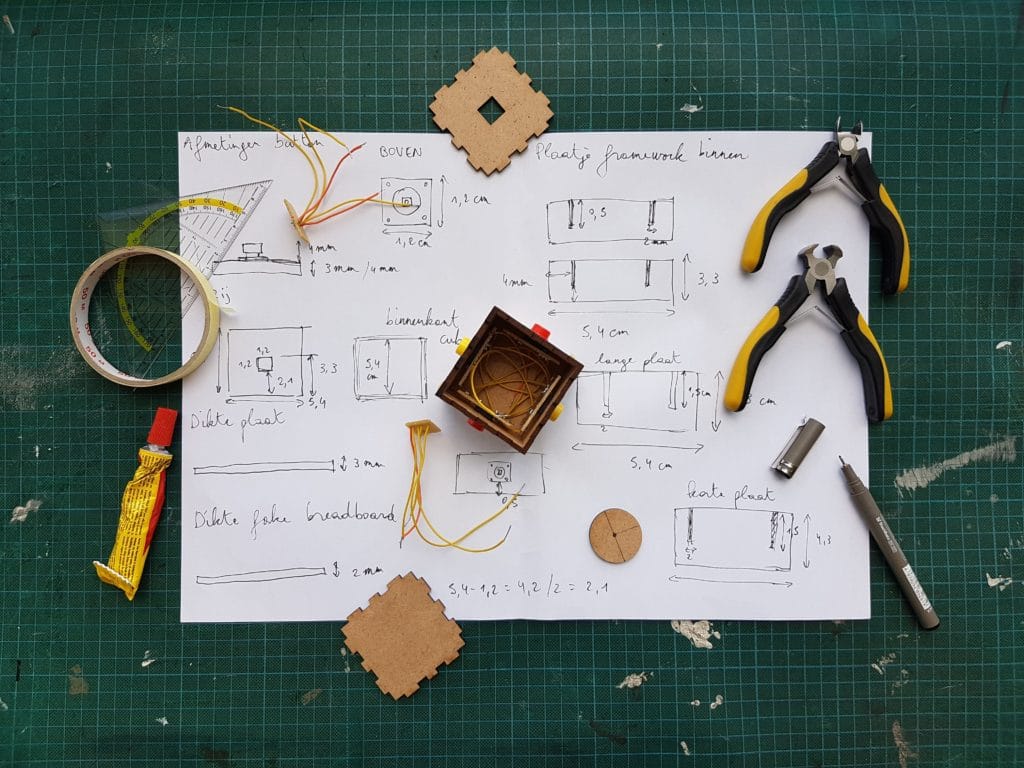
Want good designs? Prototypes are non-optional.
Perfectionism is the enemy—and your inspiration.
Great design comes through iteration. Each successive prototype is full of lessons—in the process, in the methods, in execution.
Of course, not all work cultures are entirely cognizant of how prototypes work. That’s a battle most designers will have time and time again.
They’ll fight for the budget and the time to fail.
5. User Modeling & User Testing
“The next big thing is the one that makes the last big thing usable.”
— Blake Ross (Creator of Mozilla Firefox)
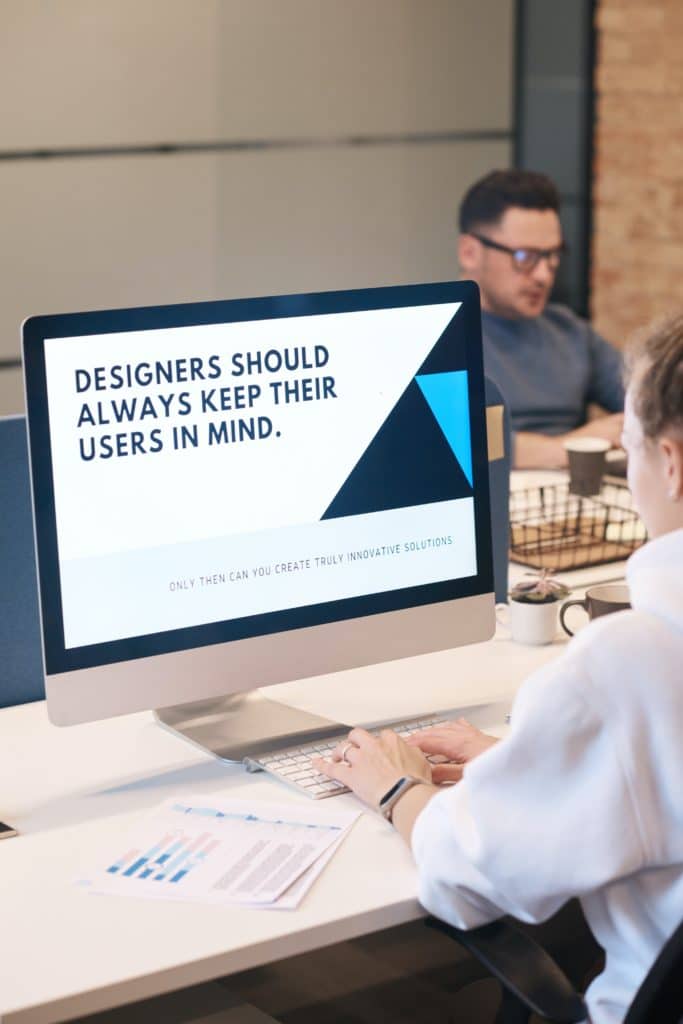
Users. Consumers. Customers. Whatever word an organization users to describe them, one thing is certain: it all comes down to the people your work serves.
Digital designers should be the voice of their users in the meeting. When sales is pushing for increased conversions at all costs, and accounting as their own agenda to advance...the digital designer has to advocate for the user experience.
How do you do that effectively—particularly when it can seem expensive or difficult?
You need ammo. In this case, that means serious user research.
Digital designers with a flair for user modeling and scenarios building have a ridiculous advantage in the field.
To do so well, most user models will include personas for their users—archetypes that help the designers and other decision makers to empathize with the lived experience of real people. Those avatars also help when building scenarios that allow the design team to confront possible problems before real users are forced to deal with them themselves.
Of course, no design will ever be perfect when it enters the field. User testing comes in next. Great design teams use this skill to determine how their solution is performing in the real world conditions of their user’s lives. It can involve A/B testing, user feedback, and even controlled testing in a lab-like environment. The conditions will vary, but the use is always the same: to help the designers learn more about what their users want and need.
6. Leadership
It’s impossible, that’s for sure. So let’s start working.”
— Philippe Petit
Great leaders make the people around them better.
In the creative universe, there’s maybe no more important skill.
Here’s why:
On a digital design project, for example, success often means going off the beaten path.
It might mean exploring new mediums—new channels to the end user.
It might mean employing new strategies, like user interviews over Zoom or rapid wireframing with a new tool.
The point is, it’s a game of constantly adapting.
Who wins? The teams that don’t quit easily. The ones that take new challenges head on, and feel inspired to make truly incredible solutions.
A digital designer who can summon that inspiration is incredibly valuable. Even more so if they can manage the constantly changing dynamics of a high-quality creative team.
It’s not necessarily easily. There can be egos to stroke, grudges to smooth over, politics to navigate...you get the picture.
But the results are worth it.
7. Coding
“All of my friends who have younger siblings who are going to college or high school - my number one piece of advice is: You should learn how to program.”
— Mark Zuckerberg

No, not everyone needs to code. But everyone who can code has an advantage.
Here's why: any design you produce will eventually be implemented by someone with knowledge of code. If you don't speak that language, you run the risk of encountering some errors in translation.
You might design elements that are difficult or impossible to program correctly as you intend them.
You might miss opportunities to make the lives of a programmer easier, by creating a repeatable design template or something similar.
Anything you can do as a designer to bridge that gap between design and implementation will make life easier. It's not a skill that's absolutely necessary to work in design—but it can put you over the top.
Want to learn? You're in luck. There are dozens of resources online where you can learn conveniently (including free CS classes from Harvard). If you're short on time, you might consider starting with something fairly similar simple like HTML. It's relatively easy to start with, and will set you off on the right course.
8. Interpersonal Communication
“Communication works for those who work at it.”
— John Powell

Great designers (great leaders, for that matter) are great communicators.
Any design process involves a host of stakeholders. There are clients, strategists, copywriters, art directors, programmers...teams can be huge and somewhat unwieldy.
The designer that shares the process well makes the whole team more effective. An insulated designer—who never shares their process and doesn't update with their team—is inherently less effective...because it makes their team less effective. No one's a mindreader. And as Google once proved, the most effective teams of any kind are the ones with open and clear communication.
Is it any surprise? We all know how the interplay between different personalities and different ideas can stoke creativity and problem-solving. Great communicators harness that power to produce work far beyond what they could ever do alone.
Learn About Your Career Options.
Talk to an Admissions Advisor.


